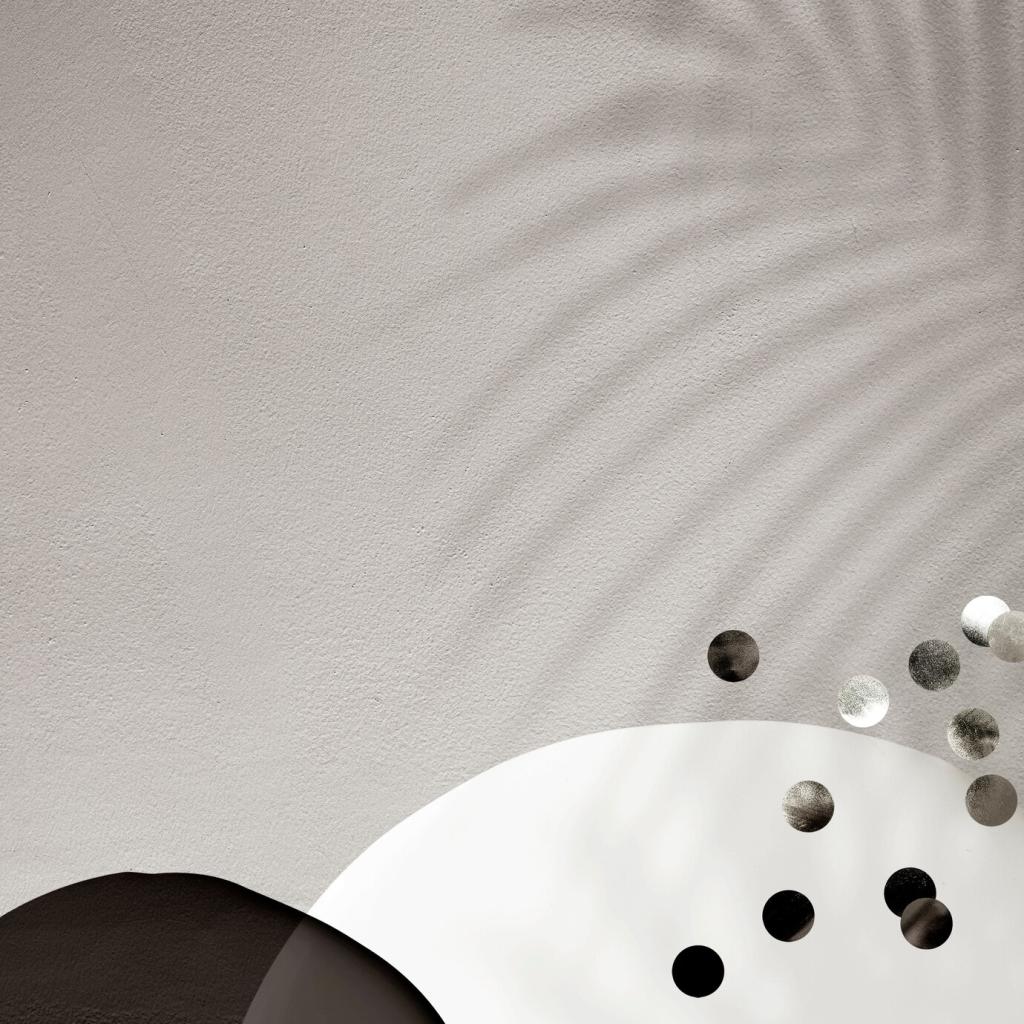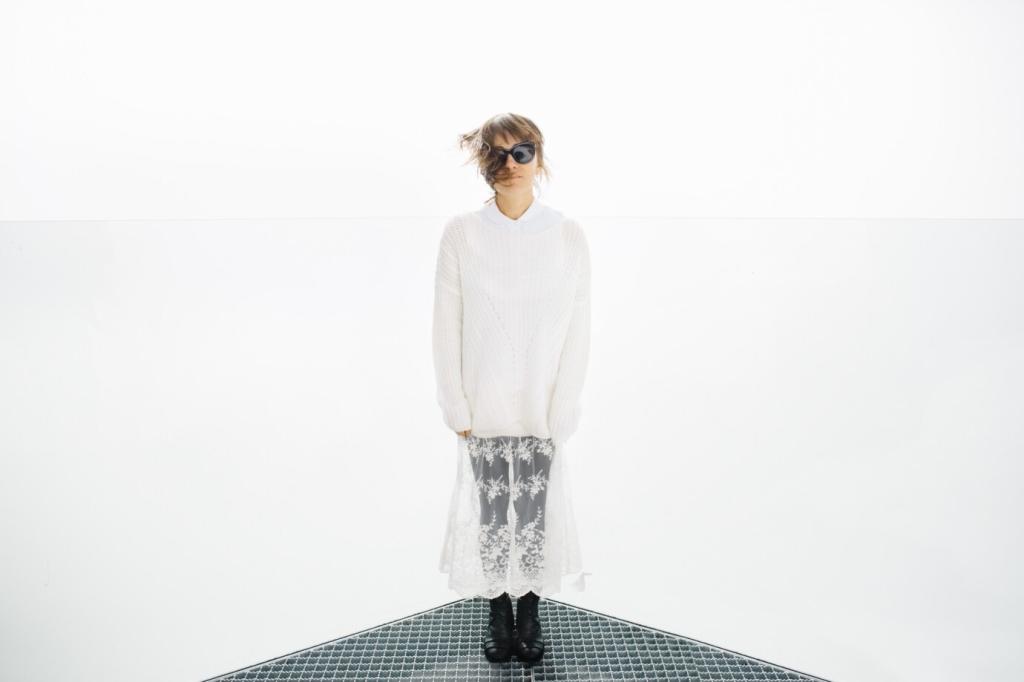Sustainable Minimalism: Eco‑Friendly Design Strategies
Chosen theme: Sustainable Minimalism: Eco‑Friendly Design Strategies. Welcome to a calm, grounded approach to living with less, choosing better, and designing spaces that tread lightly on the planet while lifting your everyday life. Join in—share your first step toward a lighter home.


The Purpose Filter
Before adding anything, ask what job it performs, how long it will last, and whether it replaces multiple items. This simple filter keeps clutter away, reduces impulse purchases, and frees both time and space for what genuinely supports your daily rhythm.

Footprint Over Footage
A smaller, well-considered home can feel larger through smart layout, light, and versatile pieces. By prioritizing footprint, you trim embodied carbon, minimize ongoing maintenance, and focus resources on quality materials that age gracefully rather than square meters that demand constant filling.
Materials That Respect the Planet and Your Health
Reach for solid wood with FSC certification, recycled steel or aluminum, natural linoleum, cork, and wool. These options resist trends, wear in rather than wear out, and keep repairs realistic. Long-lived materials reduce replacements, saving money and emissions across the product’s entire lifecycle.


Materials That Respect the Planet and Your Health
Low-VOC paints, natural oils, and water-based adhesives protect indoor air. When possible, avoid added formaldehyde and flame retardants not required by code. Simpler finishing systems are friendlier to home workshops, making maintenance approachable and keeping beloved pieces in service for decades instead of years.
Daylight as a Design Material
Keep window lines clear, use pale matte surfaces to bounce light, and position mirrors to extend daylight deeper into rooms. Sheers over heavy drapes preserve privacy while softening glare. Better light reduces the need for daytime lamps and quietly lifts mood without adding any physical clutter.
Furniture That Works Twice
Opt for a dining table that becomes a desk, a bench with storage, or nesting side tables. Multifunctional pieces reduce total objects while increasing flexibility, especially in small homes. Post a photo of your favorite double-duty item and tell us how it changed your daily routine.
Flow, Not Fill
Leave generous walking paths and let negative space do emotional work. Store only what you use weekly within reach; everything else lives quietly out of sight. This simple zoning reinforces tidy habits and allows rooms to reset quickly after real life happens each busy day.
Passive Comfort, Energy Smarts, and Water Wisdom
Seal drafts, insulate well, and use cross‑ventilation with operable windows and interior transoms. Shade south and west exposures with exterior devices or deciduous trees. These low‑tech moves improve comfort year‑round, often cutting energy demand before a single appliance or gadget enters the conversation.
Passive Comfort, Energy Smarts, and Water Wisdom
Choose efficient, properly sized HVAC; oversizing wastes energy and money. LEDs use far less electricity and last far longer than incandescent bulbs. Layer task lights where you actually work, leaving the rest of the room quiet. Smart plugs help measure what truly deserves an outlet.
Passive Comfort, Energy Smarts, and Water Wisdom
Low‑flow showerheads, aerators, dual‑flush toilets, and native plantings trim water use without drama. Collect rain for the garden, fix leaks promptly, and group tasks like laundry. Track one week of use, then set a realistic reduction goal—and tell us what worked so we can learn together.
Circular Projects: Renovate Without the Rubbish
Deconstruct, Don’t Demolish
Plan carefully so cabinets, doors, and fixtures come out intact. Photograph dimensions, label hardware, and schedule pick‑ups with reuse organizations. Deconstruction preserves value, keeps materials in circulation, and often uncovers craft worth celebrating rather than burying in a landfill after a hurried tear‑out.
Shop the Salvage Stream
Architectural salvage yards, online marketplaces, and community Buy Nothing groups are treasure troves. Seek solid frames and timeless profiles, then refinish thoughtfully. Share before‑and‑after shots of your best find; your story encourages others to see potential where most people see only scraps and dust.
Design for Disassembly
Choose mechanical fasteners over permanent glues, use standard dimensions, and keep joinery visible for easy repair. When parts can be replaced, the whole lasts longer. This mindset turns every project into a parts bank, keeping materials looping through new lives instead of hitting a dead end.
A Calm Aesthetic Built to Last
Work with a restrained palette, then add depth through natural textures: linen, clay, wood grain, wool, and stone. These materials patinate beautifully, masking scuffs while telling the story of daily life. A small sample board can prevent costly, wasteful missteps before you commit.


A Calm Aesthetic Built to Last
Curate pieces with emotional weight—an inherited chair, a handmade bowl, a local artist’s print. When each object earns its place, maintenance becomes a pleasure rather than a chore. Share the item that anchors your room and why it deserves that honored, uncluttered space around it.
